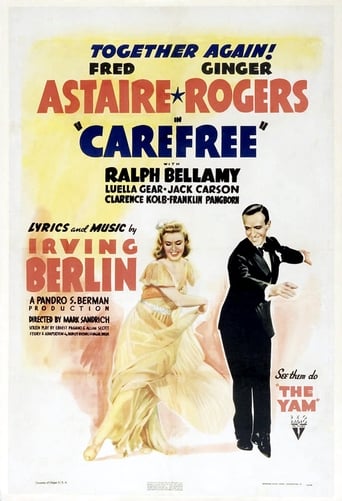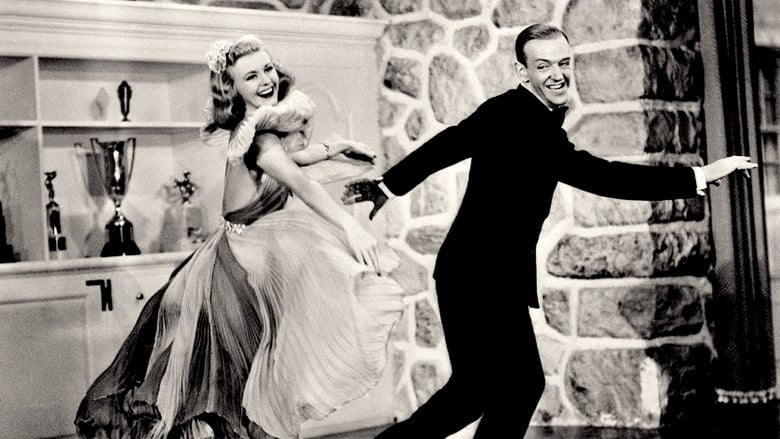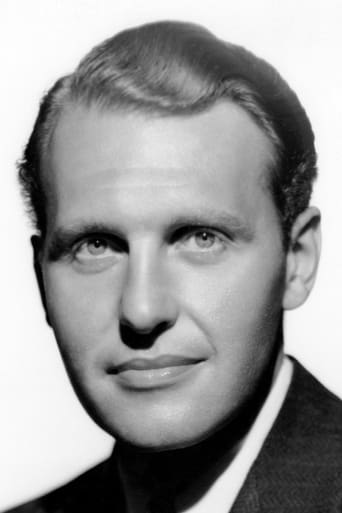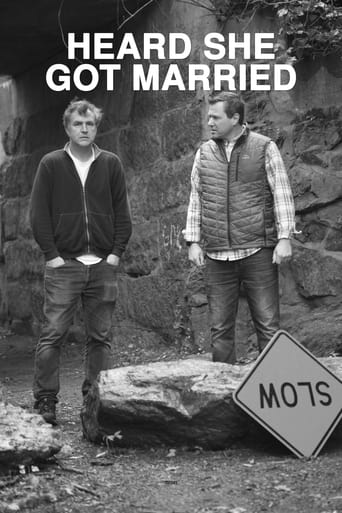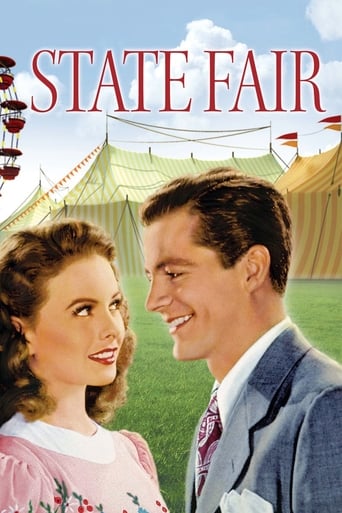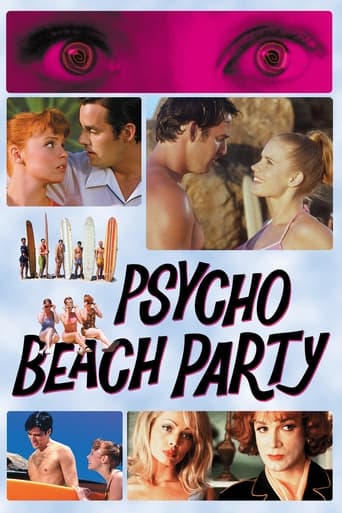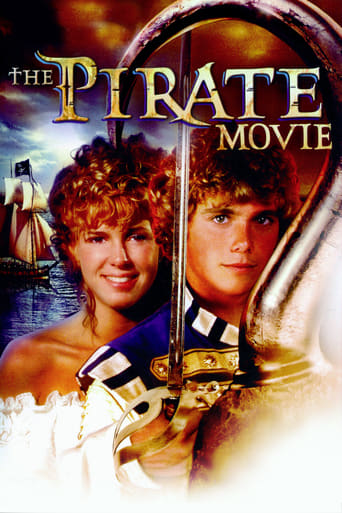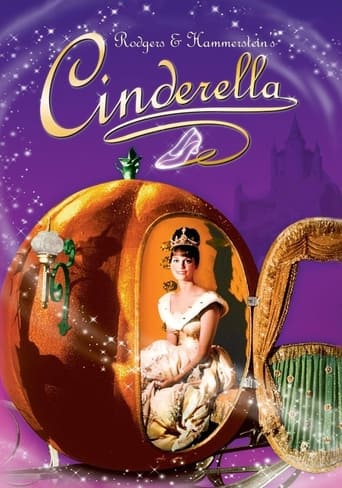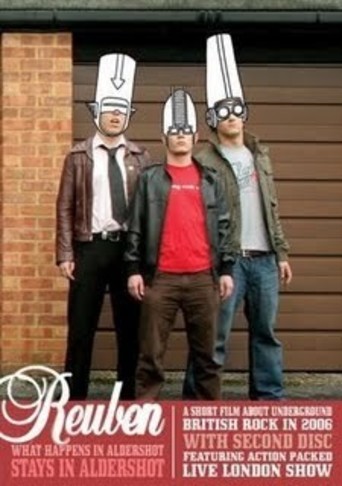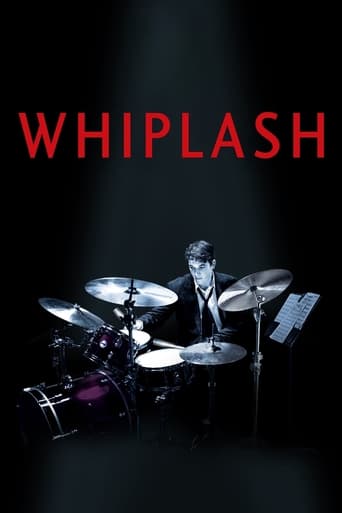Carefree (1938)
Dr. Tony Flagg's friend Steven has problems in the relationship with his fiancée Amanda, so he persuades her to visit Tony. After some minor misunderstandings, she falls in love with him. When he tries to use hypnosis to strengthen her feelings for Steven, things get complicated.
Watch Trailer
Cast


Similar titles
Reviews
Best movie of this year hands down!
everything you have heard about this movie is true.
At first rather annoying in its heavy emphasis on reenactments, this movie ultimately proves fascinating, simply because the complicated, highly dramatic tale it tells still almost defies belief.
It's the kind of movie you'll want to see a second time with someone who hasn't seen it yet, to remember what it was like to watch it for the first time.
Psychiatrist Fred Astaire is asked by friend Ralph Bellamy to speak with Bellamy's fiancée Ginger Rogers. Ginger seems to have cold feet about their wedding and Ralph wants Fred to somehow help her overcome her issues and marry him. Things get out of control thanks to drugs, dreams, and hypnosis. Ginger falls for Fred but Fred thinks it isn't real so he hypnotizes her into thinking she loves Ralph. Then Fred realizes he loves her and it's screwball comedy greatness from then on.An atypical Fred & Ginger movie but one of my favorites. More comedy than musical but it's very light and fun. Ginger is adorable and hilarious here. Love her repeated "ha ha ha" bit. You have to hear her delivery to get it. Fred's good as usual, though his character is the worst psychiatrist ever. While the hypnotism stuff is way out there, it does lead to a wonderful dance number at the end where the duo move like Ginger is under a trance. There are no real classics in the musical numbers but they're all pleasant and enjoyable. "The Yam" is lots of fun and probably the highlight. The supporting cast is terrific. Stage actress Luella Gear shines as Ginger's friend. Her first scene with Jack Carson is a hoot. Another movie where Ralph Bellamy doesn't get the girl. Poor guy. It's a great movie but it might not appeal to all Fred & Ginger fans for the fact that it's light on musical numbers (there's only four). Try to keep an open mind and give it a shot.
Fred Astaire and Ginger Rogers were/are an iconic dance duo and hugely talented performers. Their ten films together did have silly stories but they had so much to compensate like the songs, choreography and dancing in particular. Carefree is one of their weakest- Top Hat, Swing Time, The Gay Divorcée, Shall We Dance and Follow the Fleet to me have always been better films- but that doesn't mean that there isn't anything to enjoy, because there definitely is. Excluding the story, which is silly and thin- as with Fred and Ginger's films you know that the story is never going to be the best asset- the faults lie with one song and some of the supporting cast. The Yam is not a memorable song at all and has some truly inane lyrics, though the dancing and choreography admittedly is delightful. The supporting cast don't bring the sparkle that Fred and Ginger bring to the lead roles, players like Eric Blore, Edward Everett Horton and even Erik Rhodes are missed. Ralph Bellamy is rather one-note and his character is never likable, while Luella Gear is ill-at-ease and saddled with some rather repetitive running comedy. The best of the supporting cast is Jack Carsen who is very good. The script mostly is warm-hearted and witty, if lacking the sophistication and charm of Top Hat and Swing Time. The costume and set design are wonderful, and the photography shimmers while not trying to do anything ambitious. The score fits the screwball-like nature of Carefree ideally, and apart from The Yam the songs are great with Changing Partners faring best. The choreography dazzles even in The Yam, though much more so in Changing Partners and the wonderfully surreal dream sequence as part of the song I Used to Be Colour Blind. What delights the most choreographically though is Fred Astaire's golfing routine. The dancing is athletic, poised and elegant, and the chemistry between Fred and Ginger is still strong. Astaire is his usual charming self getting more comfortable as the film progresses, while Rogers' elegant and effortlessly sassy performance is even more consistent. All in all, not a great film but a good one for the choreography, the songs(apart from one) and the dancing of Fred and Ginger. 7/10 Bethany Cox
As with most movie franchises, the later Astaire-Rogers vehicles are repeated attempts to keep the formula fresh without losing the original magic. With its altered settings and characterisations, and an emphasis on comedy over music, Carefree was the biggest departure of the series thus far.This was the first of these pictures in which the duo do not play the part of dancers, Fred being a psychiatrist and Ginger his patient. Psychoanalysis was then vogue-ish, and the idea of the female patient falling for the doctor was already something of a cliché. And yes, it is Ginger this time who goes chasing after a hard-to-get Fred. It shows a marked shift from the usual harassment-cum-romance which usually stood in for a love angle in these movies, something which was particularly odious and unnatural in the first proper Ginger and Fred movie, The Gay Divorcée. Having said that, the final image of Ginger going up the aisle with a black eye is rather sickening even though its context is more innocent than it appears.Both Astaire and Rogers adapt competently to their new types and these are some very fine performances from them both. Astaire shows his finest dramatic nuances to date, and Rogers brings out a flair for comedy. The opportunities for dancing are sadly fewer here, but choreographer Hermes Pan has eschewed the increasing spectacle of the last few movies for numbers that are more intimate yet still inventive. Fred's golf routine is simply delightful, and the dream sequence for "I Used to Be Color Blind" is the one touch of classic Fred and Ginger beauty, with an elegant slow-motion segment that works surprisingly well. It's a pity the number wasn't shot in Technicolor as was originally intended – that would have made it even more special.The very look of Carefree is different – gone are the Big White Sets and in their place are offices, studios and even the open countryside. This was the last Fred and Ginger movie handled by their most frequent director, Mark Sandrich. Sandrich's forte in these pictures was the smoothness with which he segued dialogue scenes into musical numbers, but the way the songs fit into the narrative here there's hardly any call for that. I am however very impressed with the tenderness he brings to the hypnosis scene.Carefree was a decent attempt to reinvigorate a series that had more or less run its course. It's not a bad little movie on its own terms, but its just doesn't feel quite like a Fred and Ginger movie should. For example, the lack of any Edward Everett Horton or Eric Blore is glaring. There is a small part by a young (and surprisingly slim) Jack Carson, who is rather funny and seems slightly more in tune with this setting, but the point is, Fred Astaire was always magnificently in tune with Horton and Blore. It demonstrates perhaps, more than anything, that top hats, tails, swanky hotels and butlers were now outdated in the musical (as they certainly were in romantic comedy as a whole). Carefree is kind of a noble effort of a transition movie, but it isn't really anything more than that, and it doesn't represent any kind of mould that Fred or Ginger could now settle into.
If you attempt to look at the plot carefully (never a good idea in a musical) this is a rather repellent movie. The practice of Psychotherapy wasn't as well known or as well respected as it is today, and the film was clearly written by someone who seemed to think of it as some fad medical cure indulged in mainly by rich and foolish women. As such we get to see Fred Astaire, the therapist, subjecting Ginger Rogers, the patient, to all manner of barbaric (to modern eyes) treatments in order to find out why she won't marry his best friend. Eventually Astaire uses hypnosis to force her to marry him, and then force him not to. Clearly, movie doctors were not subjected to as severe a code of ethics as are real ones.Its a pretty typical outing for Astaire and Rogers. Astaire's dancing is extraordinary (the dance scene on the golf course is great, as is the one where he dances with a hypnotized Rogers). Rogers' comic timing is, as always, wonderful. The secondary characters are all two-dimension cut-outs, but they're entertaining ones. If the characters didn't have quite the same sparkle to their interplay, remember, this was Astaire and Rogers' eighth film together and artistic differences were beginning to create a strain.My biggest issue with this movie was the scene in which they sing the song "I Used To Be Colorblind". This was dream sequence, and it lasted about five minutes. "Carefree" is a black and white movie and the intent originally was to film the dream sequence in color a'la "Wizard of Oz". Apparently, somewhere in the production process, people balked at the cost and it was produced in black and white along with the rest of the film. Being filmed in black and white makes the song, and the entire sequence makes not one lick of sense, because the song is about how crisp and clear the world seems in color. Not only that, but since it was designed to be viewed on color film, not in black and white, the sets weren't designed with that same high degree of contrasts they would have if they had been designed to be viewed in black and white. As such, things in the dream sequence are LESS clear than in the rest of the movie, not more. I'm just appalled that the studio could spring for a few minutes of color footage for a film with such proved money-makes as Astaire and Rogers.

